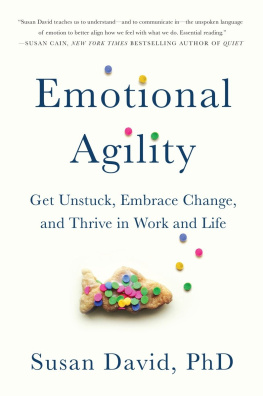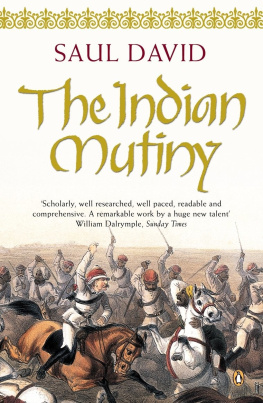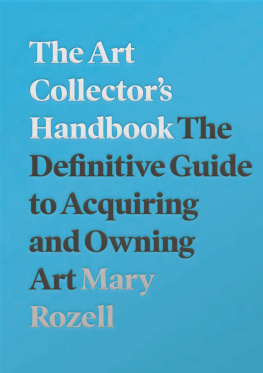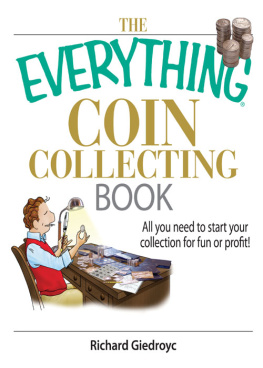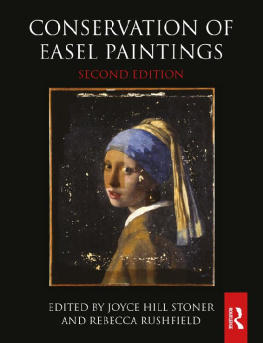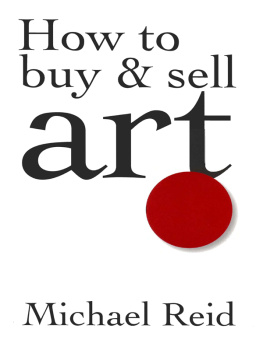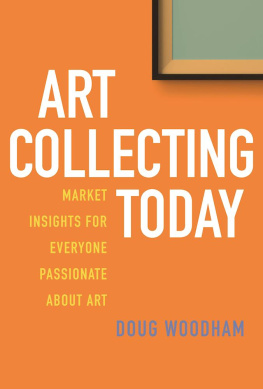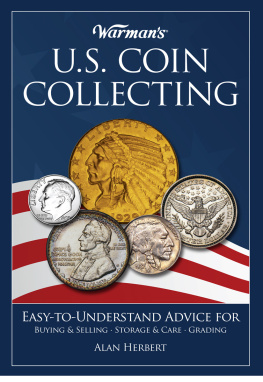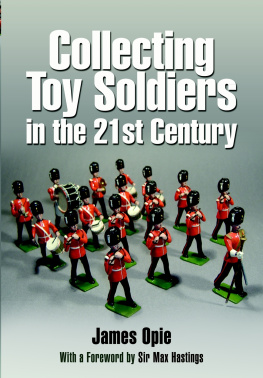Copyright 2016 by Carl David
All rights reserved. No part of this book may be reproduced in any manner without the express written consent of the publisher, except in the case of brief excerpts in critical reviews or articles. All inquiries should be addressed to Skyhorse Publishing, 307 West 36th Street, 11th Floor, New York, NY 10018.
Skyhorse Publishing books may be purchased in bulk at special discounts for sales promotion, corporate gifts, fund-raising, or educational purposes. Special editions can also be created to specifications. For details, contact the Special Sales Department, Skyhorse Publishing, 307 West 36th Street, 11th Floor, New York, NY 10018 or .
Skyhorse and Skyhorse Publishing are registered trademarks of Skyhorse Publishing, Inc., a Delaware corporation.
Visit our website at www.skyhorsepublishing.com.
10 9 8 7 6 5 4 3 2 1
Library of Congress Cataloging-in-Publication Data is available on file.
Cover design by Rain Saukas
ISBN: 978-1-63450-245-0
Ebook ISBN: 978-1-63450-885-8
Printed in the United States of America
To my father, SAMUEL DAVID, one of the great men of all time, the hero of my life, without whom I could never have been me. I miss him.
Table of Contents
Acknowledgments
To Arlyn, my wife, my soulmate, the love of my life for whom I am forever grateful. You stand by me and with me; always no matter what. I love you more than words could ever express! Love you always!
To Shawn, our oldest son for whom we are so grateful to have in our lives. You are a great art dealer but even more so an extraordinary son who makes us so very proud. Love you always!
To Brett, our younger son for whom we are so grateful to have in our lives. You are a great art dealer but even more so an extraordinary son who makes us so very proud. Love you always!
To Alan, my dear brother; you stood by me and taught me everything you knew after Pop died. I couldnt have done it without you. Love you always!
To Mom you were always my champion; we never would have survived without you. Love you always! Miss you
To Pop, you were my hero whom I have spent my life emulating on my mission to fill your shoes and make you proud. Love you always! Miss you
To Bruce, my amazing brother whose life was painfully short, you are with us in spirit. Love you always! Miss you
To Nick Lyons, my longtime friend who made this book possible twice. I am grateful to you for your friendship and your faith in me. Thank you!
To Tony Lyons for the opportunity to bring this book to fruition. Thank you!
To Zoe Wright, my editor with whom it is an honor to work. Thank you!
Foreword
What the great French auctioneer Maurice Rheims called a glorious obsession has become a positive mania. Mr. Rheims was referring, of course, to the activity of collecting, an activity that arises from the fascinating and often ambiguous relationship between people and objects of art. This relationship contains such diverse elements as a passion for beauty, a drive for self-glorification, a good bit of nostalgia, and a desire for a good investment.
The activity of collecting, as well as the collecting public and what it collects, has gone through an extraordinary period of change and expansion in the last thirty-five years. The use of that awful word collectible might be considered an indication of just such a change. Before World War II, the buying of antiques and objects of art was limited. Collectors were fewer; they concentrated their efforts on a narrow field and a time period that, for the most part, did not extend beyond 1850. They collected what has come to be called high art in furniture, fine arts, silver, some glass and pottery. Today it appears that everybody collects and, it seems, they collect everythingVictoriana, Art Nouveau objects, Art Deco objects, Depression Glass, comic books, buttons, film posters, and even automobiles from the 1950s and 1960sin addition to the painting, sculpture, and watercolors which are the subject of this book.
In Collecting and Care of Fine Art Carl David has written a manual for collecting and investing in fine art. The investment factor has increased in significance as the decline of the purchasing power of the dollar has led many people to feel that art objects are worth more than money and will increase in value over a period of time. But it remains the object itself that is really significant.
The real value of a work of art is in the idea the artist expresses in it and its levels of meaning to the person who acquires it. To have a painting that, over a period of time, reveals more and more to the collector and which by so doing enriches his life and refreshes his spiritthis is the real purpose of collecting. In fact it is the purpose of art itself.
RICHARD J. BOYLE
Director
Pennsylvania Academy of the Fine Arts
Preface
This is a manual for collecting and investing in art. As we progress, the difference between collecting art and investing in art will become obvious to you. It is my belief that art should be collected for sensual and intellectual enjoyment and for no other reason. There are, however, many factors that influence this concept, and their validity cannot be denied. Nevertheless, taking all such influences into account, one should select art for aesthetic reasons first and for all other reasons incidentally.
As a dealer in paintings, I am on the inside track of the intricate financial workings of the art market. Today, art is considered a commodity in which to invest money. It is a hedge against inflation, it provides sheltered dollars, and it can be enjoyed while your investment grows dramatically. Art is big business; huge sums of money change hands in the art world every day. Corporations, banks, investment syndicates, and individual investors are turning away from other money shelters and are putting their money into art. The appreciation can be extraordinary, frequently unmatched by any other investment.
In the chapters to follow, investments will be discussed in detail, but the emphasis will be on collecting art. It is difficult to separate collecting from investing since many of the same principles apply to both. Most important is to learn the principles, and learn them well; then decide for yourself whether to collect, invest, or do both.
In our business, we must consider both collecting and investing. In order for the gallery to operate profitably, it is imperative that we make our acquisitions with strong emphasis on growth potential and resale value. However, we are very careful about the quality of our acquisitions. We will not purchase a painting simply because there is a profit to be madewith one exception: if the profit is substantial and the turnover quick. Otherwise, we will not acquire anything that we would not be proud to own ourselves. That is the guideline we use in making our purchases. In a word, good taste. No matter what we buy or take in on consignment, we draw the line at the point where our integrity might be injured. We prefer to deal in paintings that are beautiful, but not all paintings are beautiful, and since taste is a highly personal matter, what does not appeal to one person can very likely appeal to someone else.
Art is available in all sizes, shapes, and forms, and each work bears its own distinct characteristics. Art should appeal to the senses consciously and subconsciously, as well as intellectually conceptualizing the nature of man in the universe. Whether the artist paints realistically, impressionistically, or abstractly, he conveys his message primarily by color, composition, and form. Even the subtlest alteration of these essential variables can change the viewers perception of the painting. An analogy is the written sentence; if one word is changed or moved, the entire meaning can be altered. As another form of expression, art too deals with the idea, translating it into visual form to be experienced by another of the senses.




